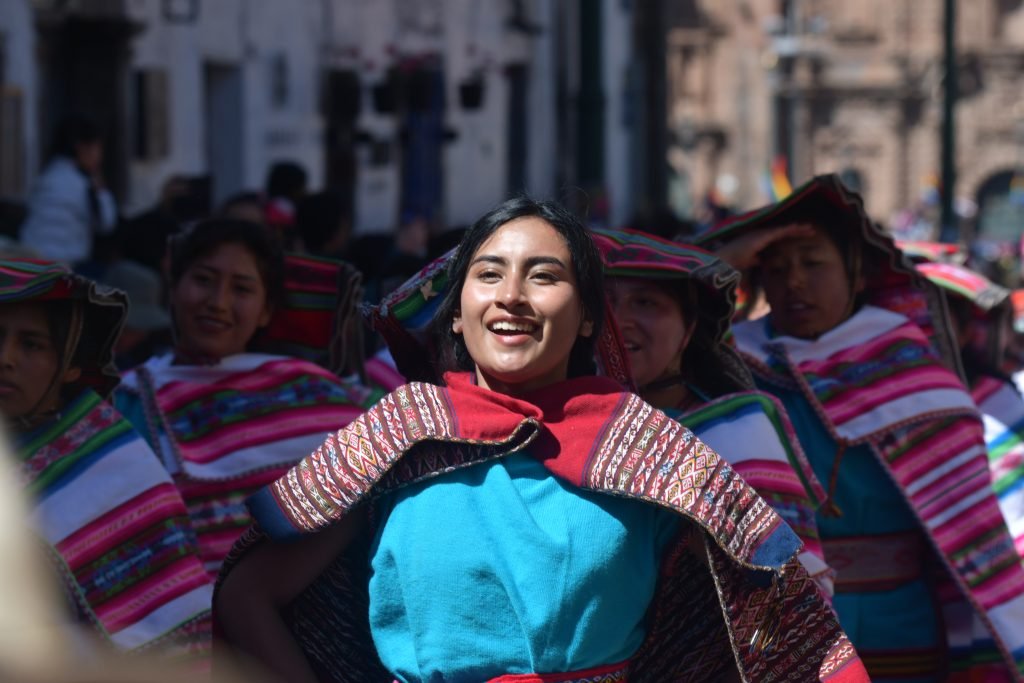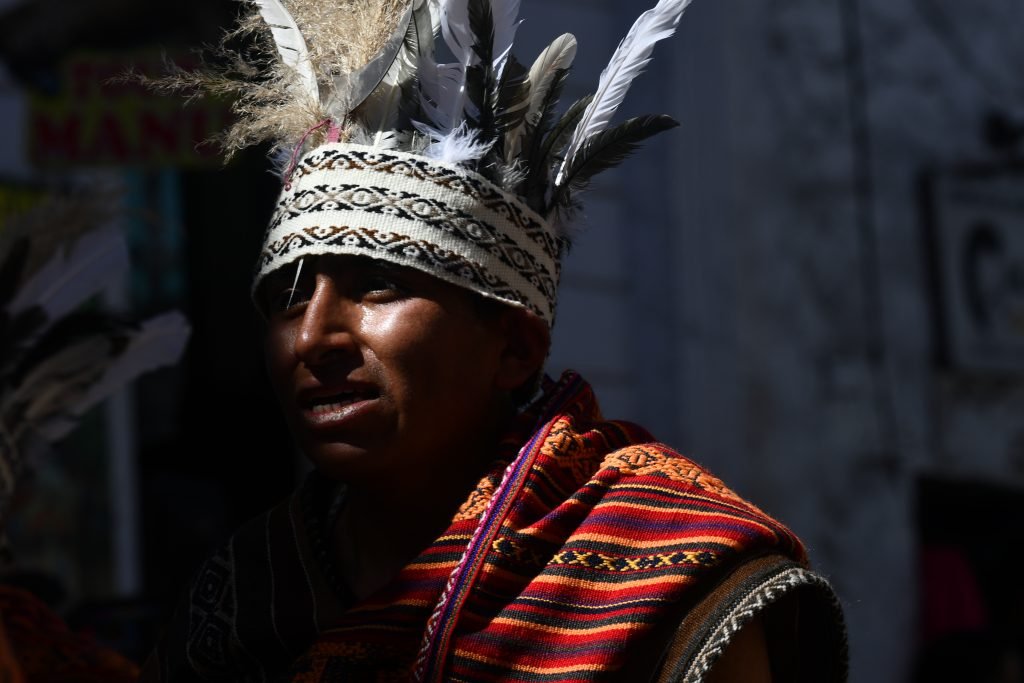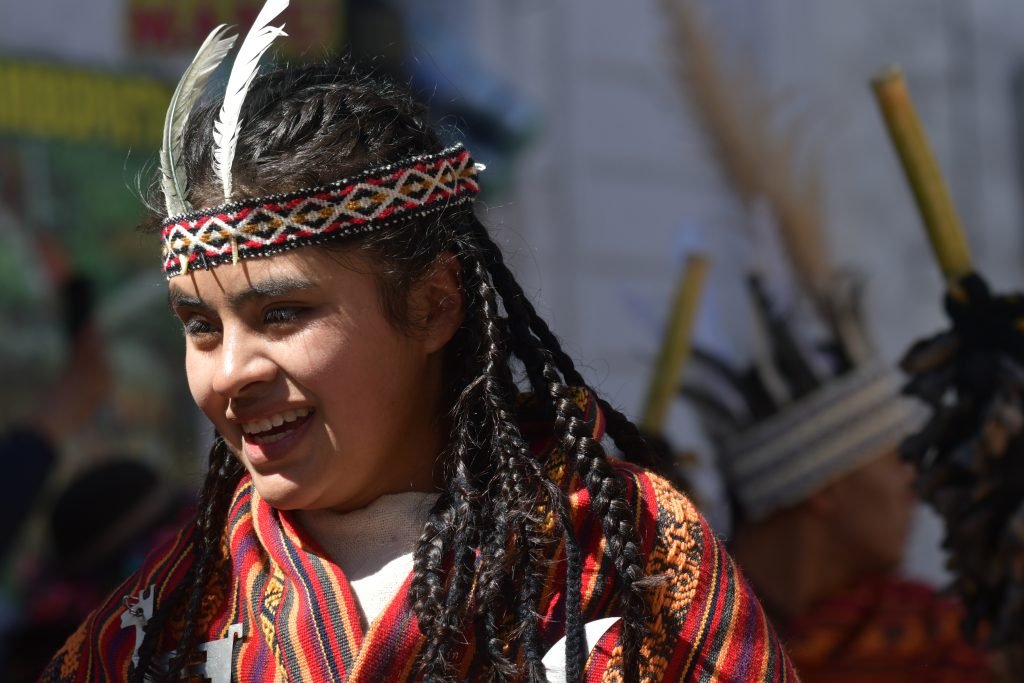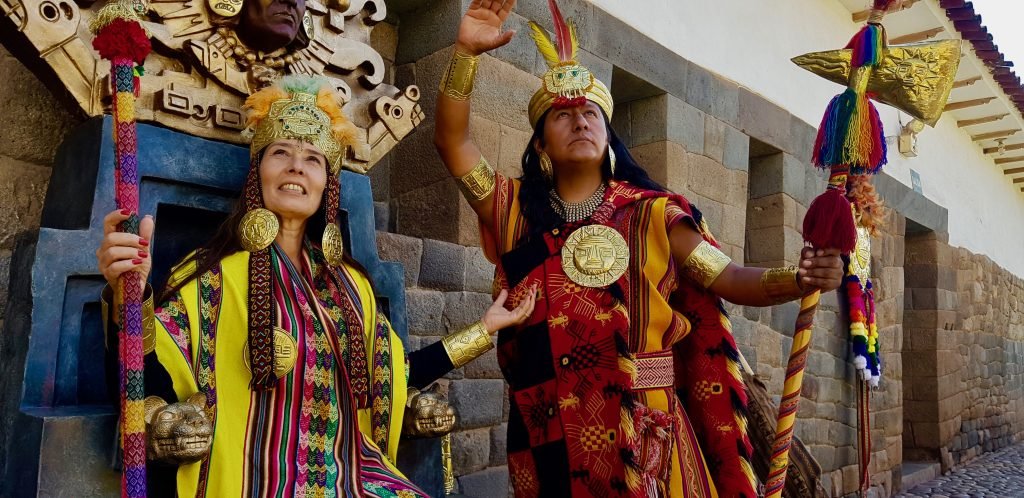Vivencial Tourism in Cusco
The human race is characterized by resorting, since ancient times, to the pleasant experience of sharing with their peers the way in which communities lead their way of life and how they uniquely experience their traditions and customs, thanks to globalization we can now learn more about cultures around the world in order to interrelate in a better way, as well as to know and share unique experiences that open our minds.
Experiential Tourism is a concept that has become popular during the last decades and seeks to exploit this characteristic of the communities with the purpose of taking the tourist to consolidate a more complete experience that renounces the simple observation and becomes an integral part of the life of the inhabitants of the places he/she visits.
The way in which the tourist is immersed in the daily life of the communities that offer this experience can vary in different ways, either by helping them in their daily chores or sharing their customs, considering the foreigner as a member of the community; experiential tourism provides experiences that are difficult to experience in traditional tourism and if you are looking for a closer experience with the towns and communities you can opt for this type of tours. In addition, carrying out these experiences has a very pleasant effect of spontaneous solidarity.

Types of experiential tourism in the City of Cusco
Agrotourism:
The tourist actively participates in agricultural activities, working in an associative way, where he/she is also offered experiences typical of the place, such as typical food, local drinks, native music, walks, conversations with local people, and excursions so that the tourist becomes a high promoter of the place. It is important to take into account that Cusco has very appropriate natural conditions for this type of adventure, where the environment has unique crops around the world, a great variety of flora characteristic of the area for its beauty and peculiarity that can not fail to film and photograph, also your experience will have a high cultural content linked to the way in which the ancient Incas carried their crops and how those methods transcended to the present day, as well as how natural medicine had great importance in this country.
Ecotourism:
Ecotourism seeks to preserve the natural and cultural environment, in which the tourist will enjoy, appreciate and study all the natural attractions (landscapes, flora, and fauna) of the place visited, as well as the cultural manifestations that are found there without significantly affecting the environment, its destruction or degradation; on the contrary, even some of the experiences in ecotourism are favorable for the environment, places like Tambopata take advantage of the income they get from ecotourism, directing them to the conservation of the place, and its ecosystems and investing in renewable energy, even generating jobs locally taking into account the indigenous communities that seek to be involved in tourism activities in the area. Ecotourism, on the other hand, educates and encourages the communities that inhabit the sites with natural wealth, so that they become their most fervent defenders, so that the inhabitants have an active participation with the tourist.
Volunteering:
Within this experiential activity, the tourist participates in activities of help, and cooperation, for the good of the visited community. Cusco has an extensive list of volunteer options; before making a decision, consider the factors of language, time, and skills, so that your stay will be worthwhile and give you many satisfactions. All contact with the organizations that offer these services depends on the members, such as accommodation, and food, which are also factors to take into account at the time of your choice. Volunteering in another country is always beneficial for the volunteer, it helps to better understand the needs and way of life in which a community carries out its daily activities, while the volunteer offers his or her help and active participation in order to reduce the negative impacts that the community has to bear.

Some of the best experiential programs that we can suggest during your stay in the city of Cusco are:
Coexistence in the community of Raqchi:
The village of Raqchi is located on the banks of the Vilcanota River, belonging to the district of San Pedro, in Cusco. Its pre-Hispanic name was “Cacha”. In ancient times it was a town with different purposes, being able to find: canchas (houses), wayranas (buildings with only 3 walls), qolqas (warehouses), different urns, religious water fountains, etc. It is believed that it was an important tambo on the route to the Collasuyo. In your coexistence you will be able to experience all the traditions and customs that have transcended over the years, as one more inhabitant, enjoying the typical food of the area, cultural activities, and interacting with the current inhabitants.
Coexistence in the community of Willoq:
Willoq, is an Andean indigenous community, located in the valley of the Patacancha River, belonging to the district of Ollantaytambo, province of Urubamba, in Cusco. It is rich in flora and fauna, being able to find 60 species of birds and more than 700 species of plants. In Willoq still remains a direct descendant of the last Incas that can be corroborated by the current surnames of the inhabitants, such as Yupanqui, Sinchi, Pukha, Huamán, Cusipáucar, Tupha, among others.
If you are looking for contact with direct descendants of the millenary Incas, an experience in Willoq is an activity you should do.

Coexistence in the Q’eros community:
Known as the last ayllu of the Incas, it is located in the province of Paucartambo, in the department of Cusco. In Q’eros Inca traditions are maintained, such as handicrafts, traditional medicine, festivities, rituals, communication through quipus, and its close relationship with the earth and its mountains, the inhabitants are called “Altomisayoq”, for making payments to the Pachamama. In this community you will feel the Inca culture in its last vestiges, highly recommended if you have a great interest in this culture and its cultural expressions.





